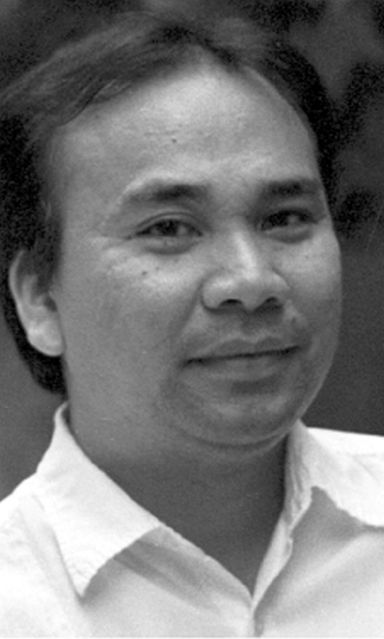
BERSALES
In the Cebuano language, Danao connotes a lake or at least a large body of freshwater. In fact the lake in San Francisco, on the Camotes Islands just across Danao City, is named Danao. Anyone going to Danao City who knows this will thus quickly wonder where the city’s lake is located.
There is none of course. So there must be a reason why Danao is named as such.
In our continuing series on Spanish-era documents about the state of four Cebu towns a year or so before the 1887 Philippine Exposition in Madrid, let us look at how this city got its name.
I will refer to a 12-page document on Danao, deposited at the Augustinian Archives in Valladolid, Spain, carries the lengthy title, “Descripcion geografica, historica y estadistica del pueblo de Danao de la Provincia de Cebu (Filipinas) que la junta local del mismo envia para la esposicion filipina de Madrid de 1887” (Geographic, historical and statistical description of the town of Danao of the Province of Cebu [Philippines] that the local board of the same transmits to the 1887 Philippine Exhibition of Madrid).
Like Oslob in the previous column, the writer, Fray Fidel Moreno, an Augustinian Recollect notes: “Esta situada…en terreno llano de donde deriva su nombre Danao o tierra baja pantanosa cerca del mar y del rio grande que la fertiliza y baña en la parte Norte” (My rough translation: It is located…on a flat land where it derives its name Danao or low swampland near the sea due to the great river that fertilizes and washes the northern part). So there, Danao also refers to swampland.
The river Fray Fidel refers to here is called the Danao River which, according to him, starts at Mount Ca-agutayan to the West, running three leagues north and ending at the sea next to the town. He adds (my translation again): “With very little flow of water most of the year, it has frequent flows that do not cause damage to the population. It can, however, cause damage if it breaks the dike blocking it and weakening the flow of the water.”
Apparently, earthworks in the form of a dike had been built sometime during this period to stem the flow of the river.
Moving on, we are often told that Danao was founded in 1742. This was mentioned by Fray Felipe Redondo y Sendino, secretary to Bishop of Cebu, in his major work — also published in 1886 by the way — on the history and the parishes of the Diocese of Cebu. But he mentions in the same vein that the parish priest of Danao (which he does not name) states that the town was founded in 1671. Since Fray Fidel dates his Danao document to 10 Novemer 1886, we can assume that this is the same but unnamed parish priest mentioned by Redondo.
Strangely, Fray Fidel situates Danao’s founding to the time of the Spanish conquest (that is, 1565) thus, “Este pueblo cuya fundacion data desde la epoca de la conquista y que paso a la cargo spiritual de los P.P. Recoletos en 1621 consta en los estados generales de la orden, cuyo primer Cura el año 1621 fue el P. Prior del Convento de la Concepcion de Recoletos de Cebu” (This town, whose foundation dates from the time of the conquest, was passed on to the spiritual administration of the Recollect Fathers in 1621, according to the “Estados Generales” of the order. Its first Cura in 1621 was the Prior of the Convento de la Concepcion of the Recollects of Cebu.)
One wonders if Redondo misread Fray Fidel Moreno’s “1621” as “1671.” But that, according to the latter, is not even its founding date but the year the Recollects took possession of the town as part of its northern Cebu missions.
Of its church, Fray Fidel disparages its interior appearance as ugly but is quick to add that its exterior has a beautiful look. Further, he writes, “It has a good belfry with a clock and several bells; one is dedicated to the advocacy of Sto. Tomas de Villanueva. Its atrium is walled with masonry and with wooden planks. This church was opened to worship in 1824 under Recollect administration.” There is no doubt that this is the same church one finds today, especially when looking at the façade. The perimeter walls are also still the same except for the absence of the wooden planks, which must have been removed once the threats of Moro raids began to disappear by the 1850s — or simply because they had started to rot.
Space limitations do not allow for more facts about Danao; but let me end this section by finally providing the date of occupancy of the convent, still extant today, that is now part of the Sto. Tomas Academy: “At an approximate distance from the church is the convent or parish house of masonry and roof tile in good shape and view with a spacious plaza. This convent started to be inhabited in 1842.”
The church and convent are clearly Danao’s oldest structures today. And while the church cannot be repurposed into a museum, the convent can be.
And I hope the people of Danao will one day usher this museum into reality.

